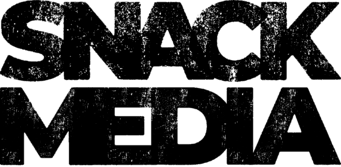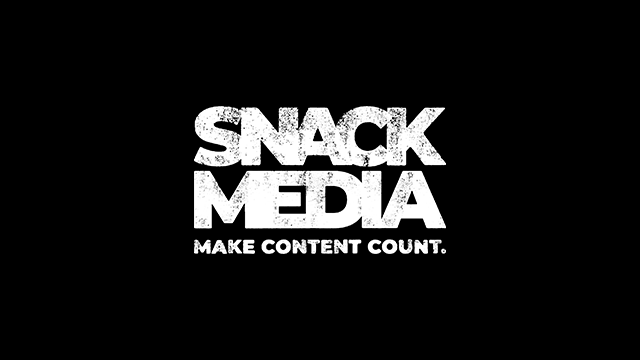Amazon’s third-quarter report released this week showed us that the e-commerce giant has a Billion pound ad business. Year over year Amazon has seen growth, this was seen in the second quarter when it grew 53 percent. Companies are seeing revenue in this area rise substantially. Other companies which reported their ad sales this month include Google, who received $24 Billion and Facebook whos second-quarter earnings rose to $9 Billion. Companies are putting more emphasis on this department. Done correctly it can help customers make better shopping decisions as a result of providing them with targeted non-intrusive recommendations.
Amazon is making good on its promise to eat advertising. https://t.co/Foy8u5p2JT
— Digiday (@Digiday) October 27, 2017
With the 2018 FIFA World Cup fastly approaching brands are slugging it out to gain dominance to receive the highest return on investment possible. Using Snack Media’s 25m+ online fan base we looked at how the tournament was shaping up off the pitch. Some of the results were astounding and showed us the significant opportunities and challenges for activating a major sports tournament. One of the main areas of discussion was the lack of correlation between official sponsor status and awareness. When people were asked to choose from a list of brands they thought were official World Cup partners, 57% of participants chose Adidas correctly as an official sponsor but 54% also chose Nike, an unofficial sponsor. With similar recall figures, this shows that there is a serious battle for the heart and minds of fans.
The battle for brands to win the World Cup https://t.co/5wuHNVwbVV by @RupertPratt pic.twitter.com/qYipxnpiuz
— Campaign: Brands (@CampaignBrands) October 26, 2017
The 2017/18 NFL season has experienced a rocky start with falling viewership figures on all platforms. The organisation has invested a significant amount of money into building an integrated viewing system allowing coverage to be shown on broadcasted channels and through online streaming on sites such as Amazon Prime. Despite viewership figure falling 5%, NFL ad revenue is increasing. Across all networks during September ad revenue increased 2% to $513 million up from $504 million. This rise in figures is down to two main reasons, an increasing commercial ad load and an increase in per-unit ad prices.
NFL ad revenue increasing, despite dropping viewership https://t.co/wsZpvu2UAR pic.twitter.com/CMvVZGOZkZ
— Business Insider (@BusinessInsider) October 25, 2017
Do news organisations and publishers need to look at what type of content they’re posting on social media platforms? Snapchat is used by the younger generation. Millennials are looking for content that is real and relatable therefore more than ever it’s important companies and publishers tailor content that is attractive to the audience. Younger individuals are more likely to create and share content which tells a story that is authentic and creative therefore it makes sense for publishers to post more hard-hitting stories onto platforms such as Snapchat where they can tap into a new audience where impression counts.
HashtagOurStories' @snap_sumaiya on why publishers should use Snapchat for hard-hitting news https://t.co/l9Q44WMb3V #MediaSlap pic.twitter.com/VSllySuZOM
— The Drum (@TheDrum) October 26, 2017



